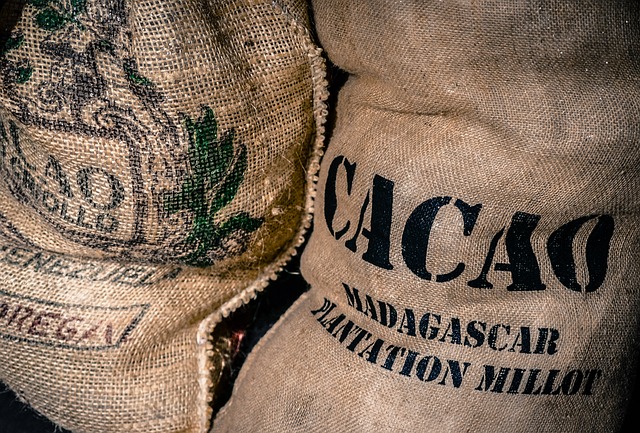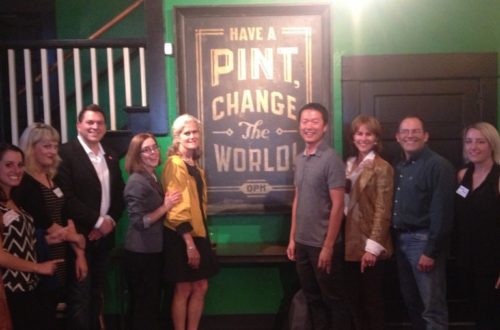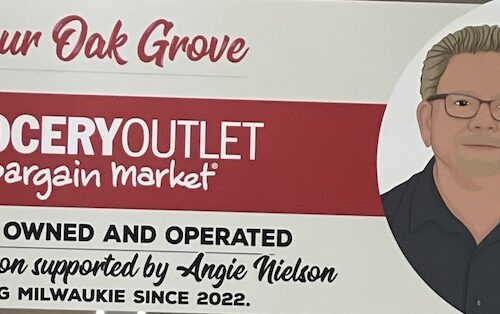Depending on your perspective, the choices you make as a consumer simply impact yourself, or they impact the lives of hundreds or even thousands of other, mostly impoverished people. The fair trade industry believes the latter is true. It has been harnessing the positive purchasing power of consumers for decades.
Fair trade reduces global poverty by improving the social and economic status of marginalized global artisans and agricultural producers by facilitating direct trading relationships that pay a fair price. The growth of fair trade over the last 20 years shows that Americans and the world believe in the fair trade model. In 2011, fair trade sales topped $1.4 billion in the United States, and an eye-opening $6.6 billion worldwide.[1] Although this is still a fraction of the United States’’ $31 billion organic market, fair trade grows year after year and includes sales of bananas, cocoa, coffee, cotton, tea, and sugar.[2]
So what is fair trade exactly? How did it start, who are the major players, and—most importantly—does fair trade really live up to its promise?
Fair Trade Beginnings
Fair trade stretches back as far as 1946, when Edna Ruth Byler began purchasing handicrafts directly from women in Puerto Rico and others displaced in Europe. This laid the foundation for fair trade’s first company, Ten Thousand Villages, whose first retail store was opened in North America in 1972. Other fair trade companies slowly grew over time, but the definition of fair trade didn’t really began to take firm shape until 1988 when the first third party fair trade certification system (called Max Havelaar) was developed in the Netherlands.
A handful of private European fair trade certifiers blossomed over the next few years and later created the Fairtrade Labeling Organizations (FLO) in 1997. FLO is now known as Fairtrade International, and is an umbrella organization that sets standards and inspection protocol for the fair trade industry. The first fair trade certifier in the United States appeared in 1998: TransFair USA, which operates out of Oakland, CA, and originally followed FLO standards.[3]
Fair Trade Principles
A handful of other fair trade certification agencies have developed since then, and although they all have distinct standards and unique aspects of their certification policy (who, and how they certify), there are fair trade principles that carry throughout the industry.
- Long-term relationships Buyers develop long-term relationships with suppliers to help ensure a consistent income to the producer, and to educate them on market dynamics, business transactions, and fair prices.
- Fair pricing, premiums, and access to credit Traders involved in fair trade ensure that workers’ costs are covered (including costs related to fair trade), are in line with global pricing, and include a premium that can be spent on local development projects. Traders also help provide access to credit when needed, for items like seed at the beginning of a growing season, or new equipment to increase capacity.
- Empowerment and capacity building Producers are offered access to training in their companies to increase their value and skills. Communities benefit from community projects that are funded by the premiums paid from fair trade. Projects are determined by the producer organization.
- Democratic, non-discriminatory, transparent organizations Producer organizations must be equal opportunity employers, and protect their workers by allowing freedom of association, collective bargaining, grievance processes, and other mechanisms to ensure every employee’s voice is heard.
- Protection of children and adults from labor exploitation Adults working in a fair trade business must work reasonable hours. Child labor regulations reflect International Labor Organization conventions which (amongst other qualifiers) include banning of egregious violations like slavery, prostitution, etc, and ensures that when children are employed as per social norm (i.e. helping on a family farm), they are able to attend school and are not at risk from any on-the-job environmental factors.
- Safe working conditions Worker safety is secured via the implementation of traditional Environmental Health and Safety (EHS) programs; progressive improvements are expected.
- Sustainable environmental practices While organic production in farming operations is encouraged, it is not required. However, similar to organic production, fair trade products may not include Genetically Modified Organisms (GMOs), and must be grown using responsible farming methods like water conservation, erosion control, and integrated pest management.
- Respect for the local community and heritage Companies embrace the development of products, techniques, business models, environmental practices, or other mechanisms that reflect the local culture and are in-line with fair trade principles.
Standards and Certification
Currently, to sell a product as fair trade certified in the United States, it must comply with strict standards, and that compliance must be verified by a certification agency authorized to confirm compliance with that set of standards. After certification, the product can display the seal of the program standard. A current list of major standards that are followed and the main certifier(s) responsible for certifying to those standards are found below:
As mentioned, the same principles are seen throughout all of these standards, although there are variations in the standards and the certification policies of the certifiers.
It’s up to you to decide when, how, and if you are going to begin buying fair trade products. This “101” course just scratched the surface of it. Happily, we have a great resource for specifically helping consumers traverse this industry: the Fair World Project based out of Portland, OR..
___________________
[1] Annual Report 2011-2012. Rep. Fairtrade International, 4 Sept. 2012. Web. 1 Apr. 2013.
[2] “Consumer-driven U.S. Organic Market Surpasses $31 Billion in 2011.” Organic Trade Association’s Organic Newsroom. Organic Trade Association, 23 Apr. 2012. Web. 01 Apr. 2013.
[3] “Brief History of Fair Trade.” Fair Trade Resource Network. Fair Trade Resource Network, n.d. Web. 1 Apr. 2013.
__________________
For more info: www.fairworldproject.org, or 800-631-9980.
Lisa Spicka is a consultant for fair trade, organic, and food safety program development. She has been providing “Global Triple Bottom Line Solutions Since 1997” http://maracujasolutions.com








One Comment
Kent Leininger
One of the biggest challenges to consumer adoption of fair trade products is that there are so few options on local store shelves. There’s no doubt that people want to buy these products, and will pay a premium, if they are available. We can help with that!